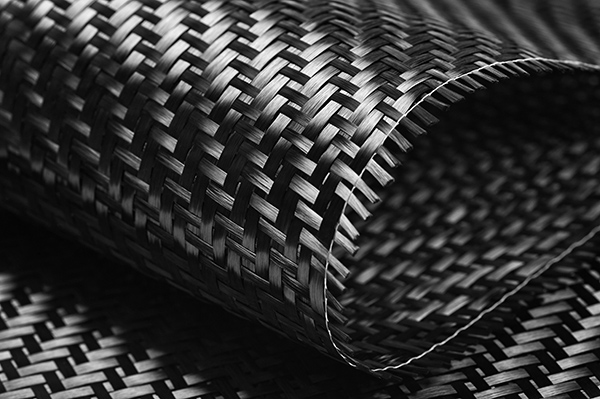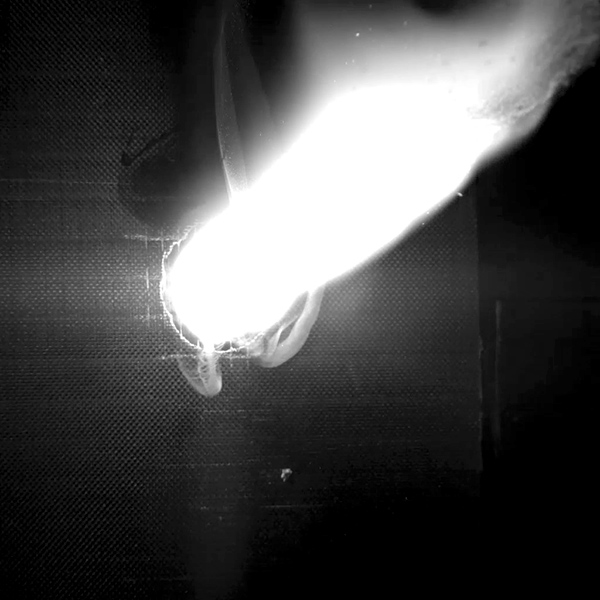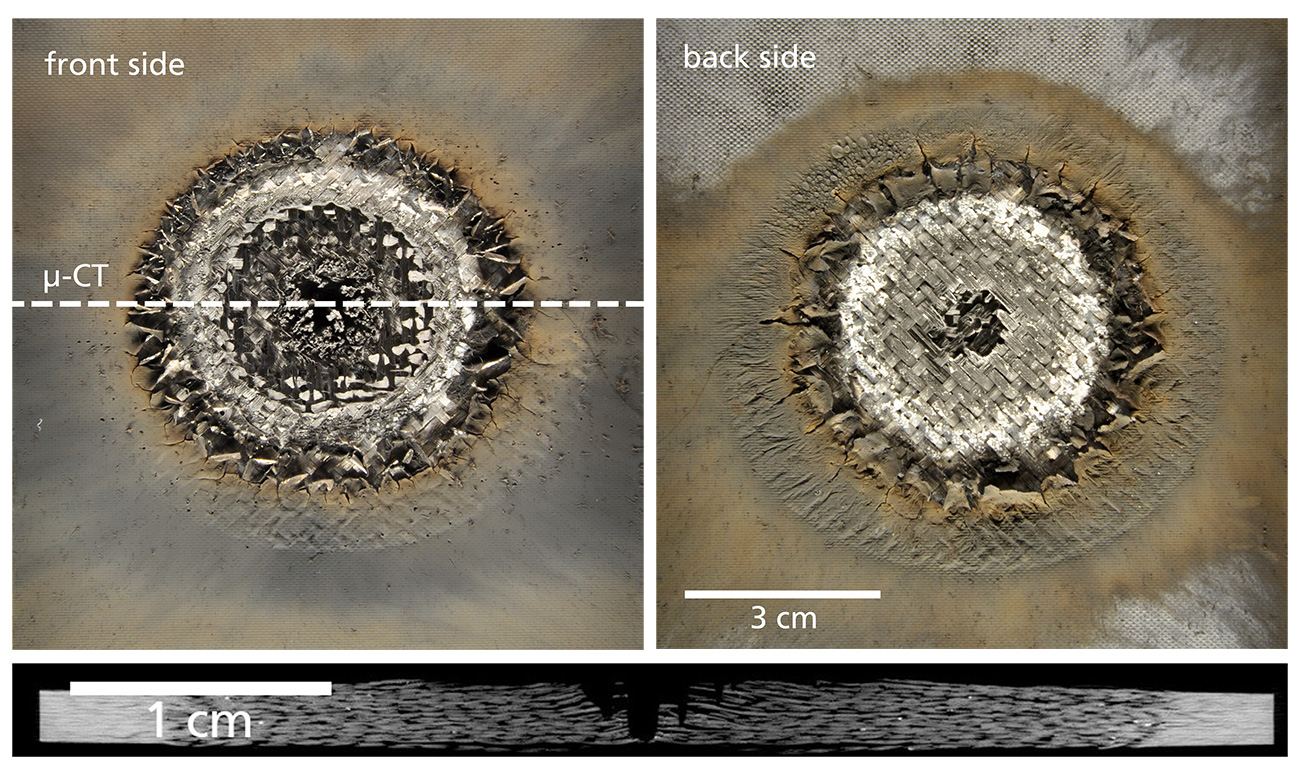With the progress in laser technology, compact and efficient laser systems have become available for some years, which combine high output powers of several 10 kilowatts with a very good beam quality and can therefore be focused even over long distances. This will enable future military applications. Various nations are currently investigating the potential of such laser systems as an effector for a laser weapon. Experts assume that the further development of the technology will enable an output power in the 100-kilowatt class
Research capabilities for laser effects at Fraunhofer EMI
Against the background of these developments, the question arises for the Bundeswehr to what extent future systems can also be designed to be robust against the effects of high-energy laser radiation. To investigate such issues, Fraunhofer EMI operates special laboratories in which the conditions for a high-energy laser beam can be adjusted over a very wide range of parameters. The occurring effects can be observed very precisely under laboratory conditions at short distance with industrial lasers that are already available today. In addition to the physical effects for classic materials such as metals, the effects on new materials such as composite materials are also considered.
An important representative of the latter material class is carbon fiber reinforced plastic (CFRP). This is manufactured using layers of pre-impregnated carbon fibers, so-called prepregs, which are laminated into a plastic matrix (Figure 1). The carbon fibers give the material high mechanical stability combined with low weight. Because of these properties, CFRP is increasingly being used for lightweight constructions in the aerospace industry.


